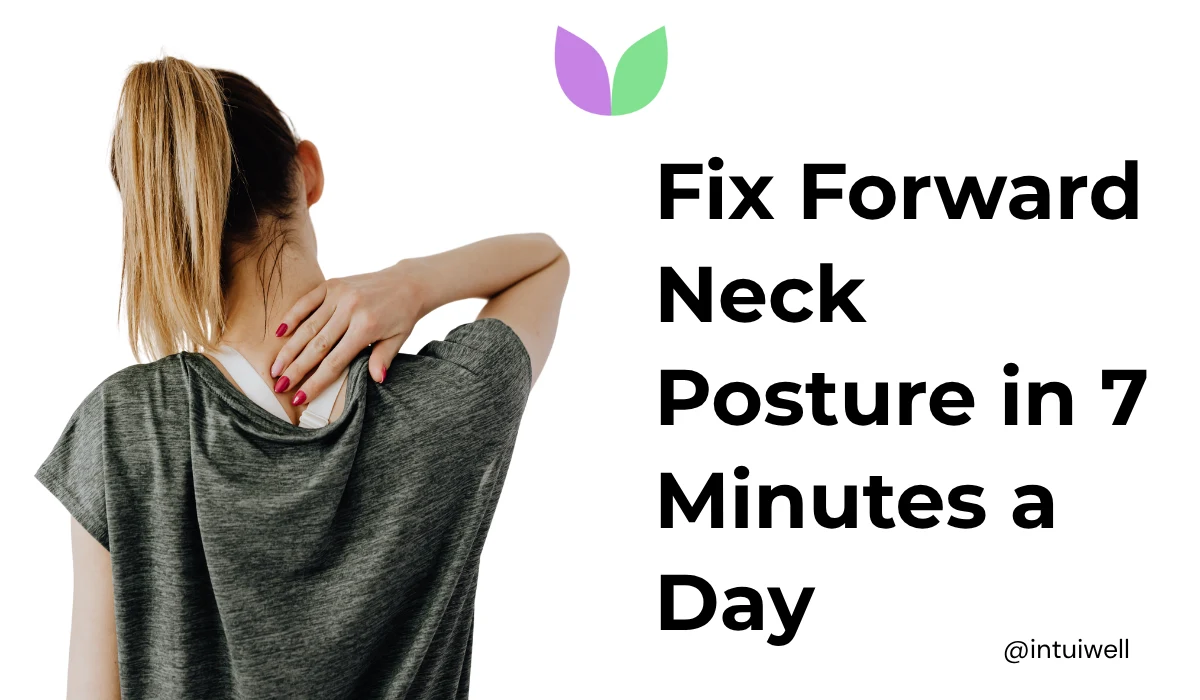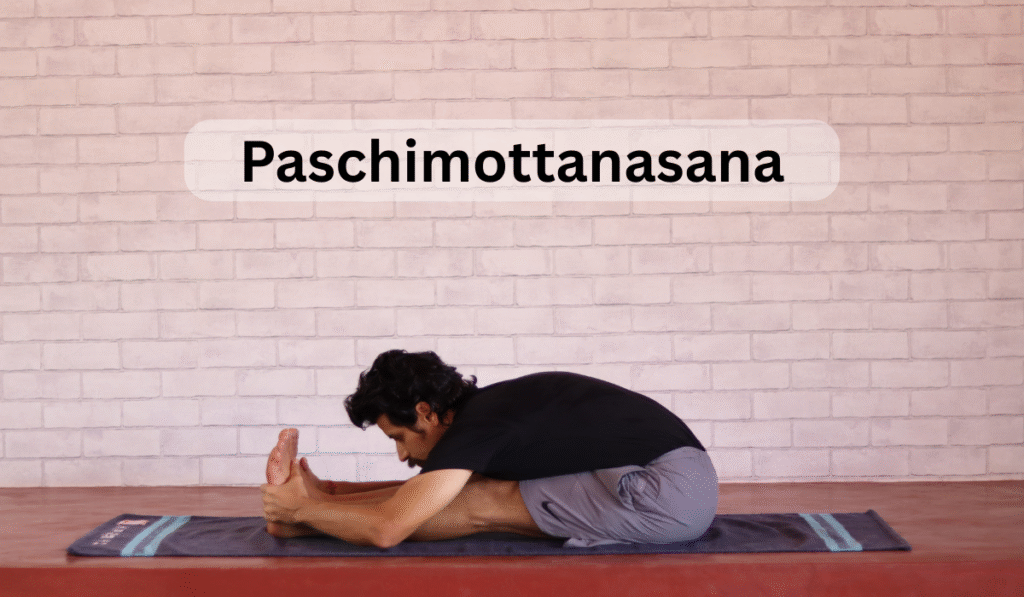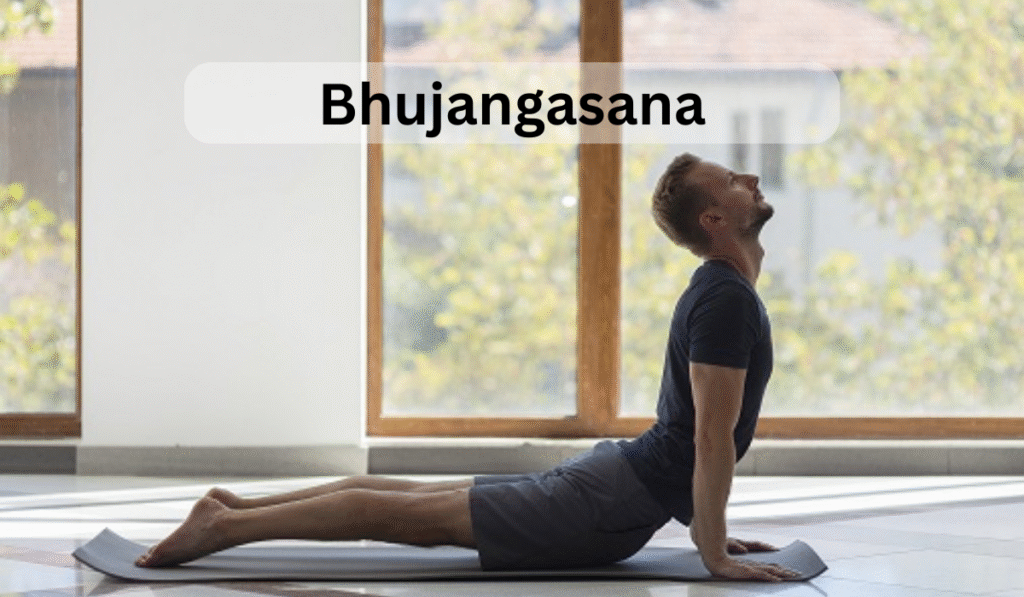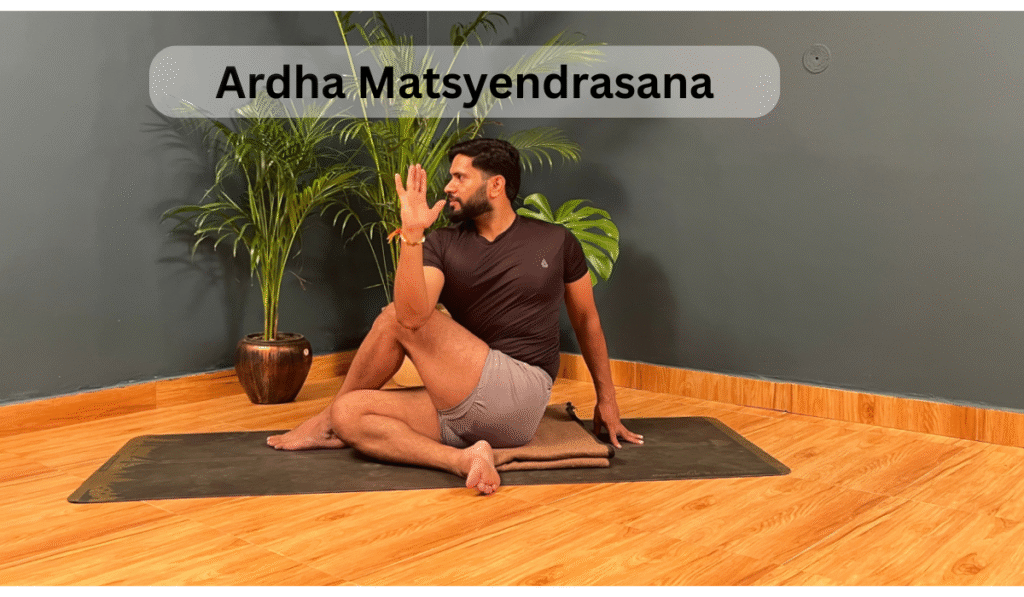The Research-Backed Routine to Undo “Tech Neck”
If you often find your head jutting forward when scrolling through your phone or working on your laptop, you’re not alone. This common issue, known as Forward Head Posture (FHP) or “Tech Neck,” is one of the most widespread posture imbalances of our digital era.
While it might look minor, this subtle tilt can strain your neck muscles, shoulder girdle, and even your breathing mechanics. Over time, it contributes to chronic pain, stiffness, tension headaches, and fatigue.
The Hidden Cost of Forward Head Posture
Every inch your head moves forward from its neutral alignment adds up to 10 pounds of extra load on your cervical spine. The body compensates by overworking the upper back and neck muscles — particularly the trapezius, levator scapulae, and sternocleidomastoid — while the deep stabilizing neck muscles become weak.
A 2020 systematic review confirmed a clear relationship:
“The greater the forward head angle, the higher the neck pain and disability scores.”
The good news? Postural correction doesn’t require expensive devices or endless therapy sessions.
Just 7 focused minutes a day can help you retrain your posture and reduce pain — backed by strong scientific evidence.
The 7-Minute Posture Reset
Each minute in this sequence targets a specific muscle group responsible for your head and shoulder alignment. All you need is consistency and awareness.
1. Chin Tucks (1 minute)
Tuck your chin gently — as if making a double chin. Hold for 5 seconds × 10 reps.
- Muscles activated: Deep cervical flexors
- Why it works: These small but crucial muscles stabilize your neck and restore the natural cervical curve.
- Evidence: Strengthening deep neck flexors reduces forward head angle and neck pain.
2. Scapular Squeezes (1 minute)
Pull shoulder blades back and down. Hold 5–10 seconds × 6–8 reps.
- Muscles activated: Rhomboids and mid-trapezius
- Why it works: Strengthens the muscles that keep your shoulder blades anchored and prevent slouching.
3. Chest (Pectoral) Stretch (1 minute)
Stand in a doorway, place forearms on the frame, and gently lean forward. Hold 30 seconds per side.
- Muscles targeted: Pectoralis major and minor
- Why it works: Prolonged sitting and phone use tighten chest muscles, pulling your shoulders — and head — forward. This stretch releases that tension.
4. Side Neck Stretch (1 minute)
Tilt your head to one side, rotate slightly away, and hold for 30 seconds. Repeat both sides.
- Muscles released: Sternocleidomastoid and scalenes
- Why it works: These muscles become overactive in FHP. Gentle lengthening helps restore balance.
5. Prone Cobra (1 minute)
Lie face down, lift your chest slightly, and retract your shoulders. Keep chin tucked.
- Muscles strengthened: Spinal extensors and scapular stabilizers
- Why it works: Encourages thoracic extension and reverses the rounded-shoulder pattern.
6. Isometric Neck Press (1 minute)
Place your palm on your forehead and press gently without moving your head. Hold 5 seconds × 8 reps.
- Muscles activated: Cervical extensors
- Why it works: Strengthens the muscles that prevent your head from drifting forward.
7. Posture Check & Awareness (1 minute)
Stand tall, aligning your ears over shoulders and shoulders over hips. Breathe deeply.
- Why it matters: Awareness is half the fix. By consciously stacking your posture, you train your nervous system to maintain it naturally throughout the day.
How Long Does It Take to See Results?
Research shows measurable posture improvements within 4–6 weeks of consistent practice.
A 2023 meta-analysis further confirmed that structured exercise programs significantly improve forward head angle, neck mobility, and pain scores.
That means with just 7 mindful minutes daily, you can begin to:
✅ Reduce neck and shoulder pain
✅ Improve posture and spinal alignment
✅ Breathe more efficiently
✅ Boost confidence and overall presence
Why This Works Better Than Gadgets or Quick Fixes
Neck braces, posture correctors, and massage guns may give temporary relief, but they don’t retrain the postural muscles.
This 7-minute reset targets the root cause: weak stabilizers and tight anterior muscles. By combining mobility, strength, and proprioceptive awareness, it teaches your body to maintain proper alignment — even when you’re not thinking about it.
The Bottom Line
You don’t need a chiropractor or fancy equipment — just discipline and 7 minutes of focus each day.
Your neck and shoulders will thank you, your breathing will improve, and your energy will feel different — lighter and more open.
References:
1.https://pmc.ncbi.nlm.nih.gov/articles/PMC6942109
2.https://journals.plos.org/plosone/article/file
3.https://blog.nasm.org/fixing-forward-head-posture
4.https://pmc.ncbi.nlm.nih.gov/articles/PMC10464763
5.https://pubmed.ncbi.nlm.nih.gov/35172275
6.https://pmc.ncbi.nlm.nih.gov/articles/PMC10464763
7.https://bmcmusculoskeletdisord.biomedcentral.com/articles/10.1186/s12891-025-08705-w
8.Posture gains are visible within 4–6 weeks of consistent work (JMR Study).
9.Exercise programs significantly improve forward head angle and pain (Meta-analysis 2023).
Summary:
Forward Head Posture (FHP), or “Tech Neck,” is a common postural issue in the digital age, caused by constantly jutting the head forward while using devices. This posture strains the neck and upper back muscles, leading to chronic pain, stiffness, and headaches. Each inch the head moves forward adds up to 10 pounds of extra load on the cervical spine.
The good news is that a simple, research-backed 7-minute daily routine can help correct this imbalance without expensive gadgets. The routine consists of seven one-minute exercises: Chin Tucks, Scapular Squeezes, Chest Stretches, Side Neck Stretches, Prone Cobra, Isometric Neck Presses, and a final minute of Posture Check & Awareness. Each exercise targets specific muscle groups to strengthen weak stabilizers and release tight muscles.
Consistent practice of this routine can lead to measurable improvements in posture and a reduction in pain within 4-6 weeks. By focusing on the root cause of the problem, this routine offers a more effective and lasting solution than temporary fixes like braces or massage guns. It retrains the body to maintain proper alignment naturally, leading to improved breathing, increased energy, and better overall presence.
Frequently Asked Questions (FAQs)
- What is Forward Head Posture (FHP) or “Tech Neck”?
Forward Head Posture is a common postural imbalance where the head juts forward from its neutral alignment over the shoulders. It is often caused by prolonged use of digital devices like phones and laptops.
- What are the symptoms of Forward Head Posture?
Common symptoms include chronic neck and shoulder pain, stiffness, tension headaches, and fatigue. The strain on the neck and upper back muscles can also affect breathing mechanics.
- What exercises are in the 7-minute routine?
The routine includes seven one-minute exercises: Chin Tucks, Scapular Squeezes, Chest Stretches, Side Neck Stretches, Prone Cobra, Isometric Neck Presses, and a final minute of Posture Check & Awareness.
- How long does it take to see results from this routine?
According to research cited in the article, measurable improvements in posture can be seen within 4-6 weeks of consistent daily practice.
- Why is this routine more effective than posture correctors or gadgets?
While gadgets may offer temporary relief, they don’t address the root cause of the problem. This 7-minute routine works by strengthening the weak stabilizing muscles and stretching the tight muscles, thereby retraining your body to maintain proper alignment naturally.
- Do I need any special equipment for these exercises?
No, you do not need any special equipment. All the exercises can be performed with just your body and, for the chest stretch, a doorway.
Read our blogs to find out more similar solutions to your daily life problems regarding nutrition, diet, and Physio.



